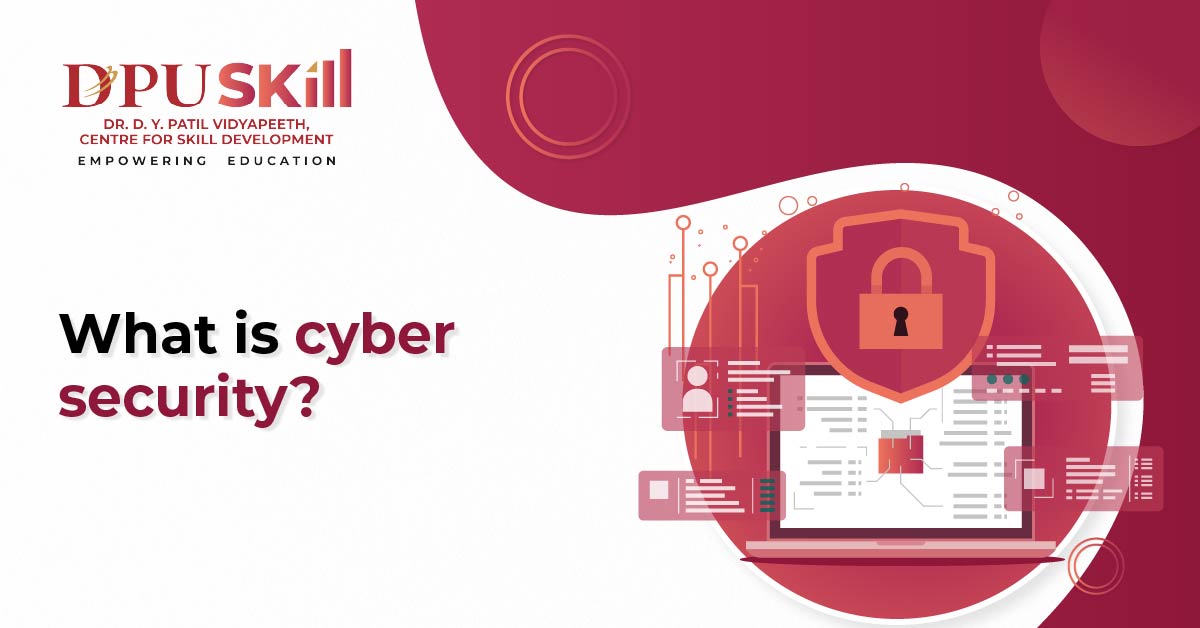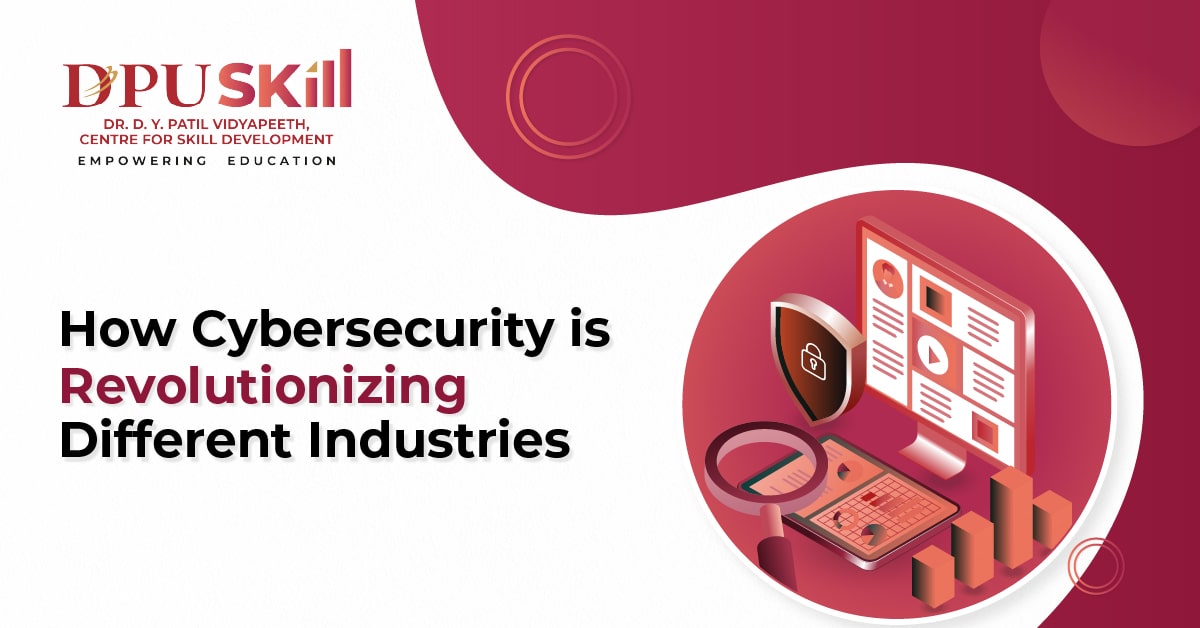
In today's digital era, cybersecurity management has become a critical component for organizations and individuals alike. With the exponential growth in data generation and online interactions, the threat landscape has evolved, making robust cybersecurity practices more essential than ever. This blog will delve into the fundamentals of cybersecurity management, its importance, key strategies, and how organizations can protect themselves from the ever-increasing cyber threats.
Cybersecurity management is the process of protecting an organization's information systems from cyber threats. It involves implementing policies, procedures, and technologies to safeguard data integrity, confidentiality, and availability. The goal is to minimize the risk of cyber-attacks and ensure that in the event of a breach, the impact is mitigated.
The rise in cyber-attacks, such as ransomware, phishing, and data breaches, has highlighted the need for a comprehensive approach to cybersecurity. Cybersecurity management covers a wide range of activities, including risk assessment, threat detection, incident response, and compliance with legal and regulatory requirements.
Cybersecurity management is no longer a luxury but a necessity in the digital age. Organizations must adopt a proactive approach to protect their assets, reputation, and customers from the growing threat of cyber-attacks. By understanding the importance of cybersecurity, implementing key strategies, and staying vigilant, organizations can navigate the complexities of the cyber world and ensure their digital safety.
Chief Information Security Officer (CISO)
The CISO is a senior executive responsible for the overall cybersecurity strategy and implementation within an organization. This role involves developing security policies, managing security teams, and ensuring compliance with regulations.
Security Architect
Security architects design and implement secure network and system architectures. They focus on creating robust security infrastructures to protect against cyber threats.
Security Analyst
Security analysts monitor and analyze security systems and data to identify and respond to potential threats. They also perform vulnerability assessments and implement security measures to protect the organization’s assets.
Cybersecurity Consultant
Cybersecurity consultants provide expert advice and guidance on various aspects of cybersecurity, including risk management, compliance, and security architecture. They work with clients to develop tailored security solutions.
Compliance Analyst:
Compliance analysts ensure that an organization adheres to industry regulations and standards related to cybersecurity. They perform audits, review policies, and implement compliance measures.
DPUSkill offers a premier Cybersecurity Management program designed to equip professionals with the skills and knowledge needed to excel in this critical field.
Here’s why choosing Cybersecurity Management at DPUSkill is a smart decision
What will I learn from this program?
You will learn about various aspects of cybersecurity management, including risk assessment, threat detection, incident response, compliance with regulations, and the use of advanced security tools and technologies. The program is designed to provide both theoretical knowledge and practical experience.
Are there any networking opportunities available through the program?
Yes, DPUSkill provides opportunities to connect with a community of professionals, alumni, and industry leaders. Networking events, webinars, and forums are part of the program, allowing you to build valuable connections in the cybersecurity field.

Discover DPUSkill, India’s No.1 platform for upskilling professionals. Boost your career with expert-led courses and global certifications.
Read More
Discover how cybersecurity is revolutionizing industries like healthcare, finance, retail, and education, protecting data and ensuring operational continuity.
Read More
Discover how Agile project management boosts healthcare efficiency, adaptability, and patient care with real-world applications and proven benefits.
Read More